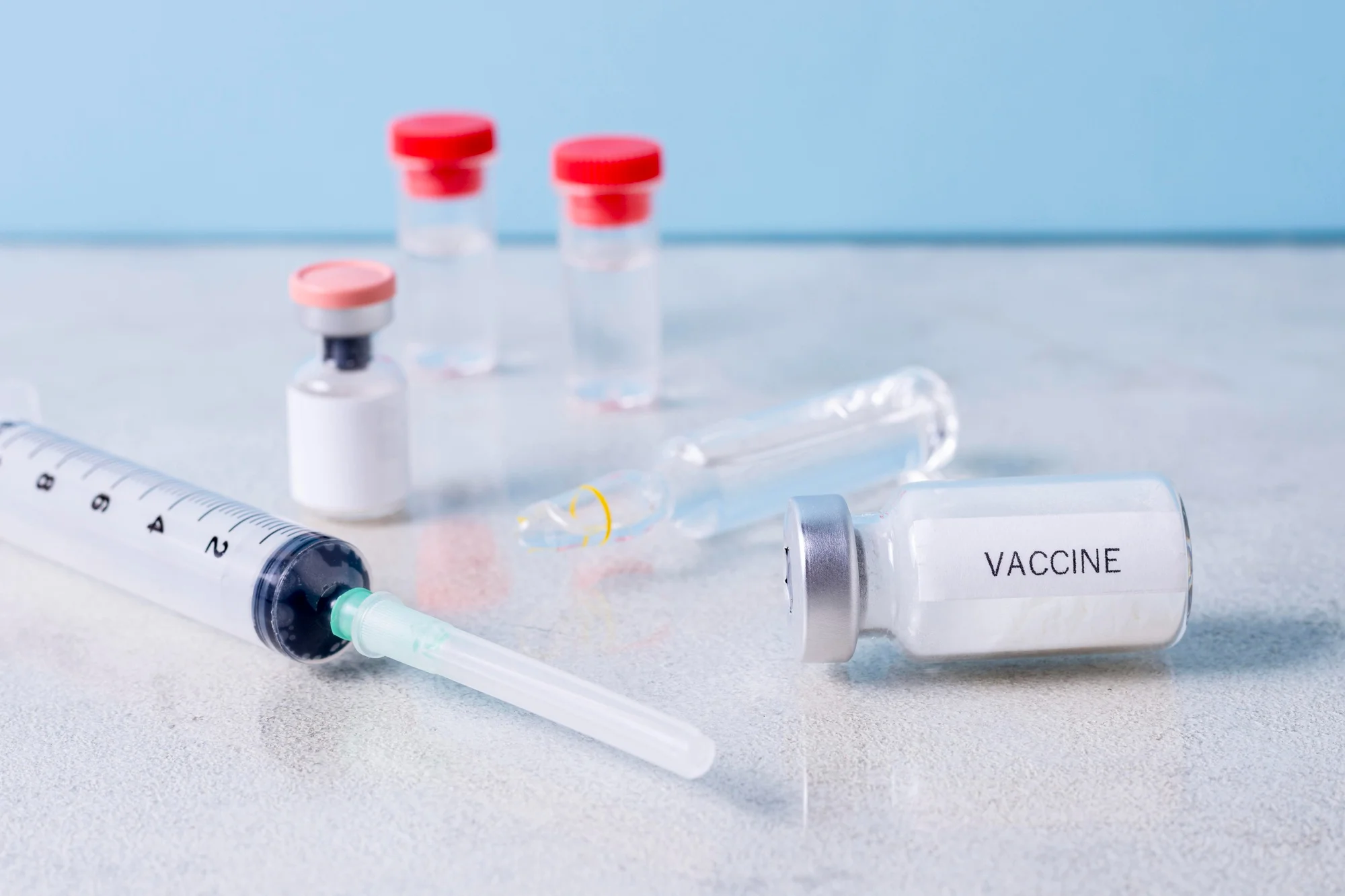Researchers within the Vaccine Production Program at the Vaccine Research Center, National Institute of Allergy and Infectious Diseases, part of the National Institutes of Health (NIH), have made a significant breakthrough in the field of HIV vaccine production. A new study, published in the journal Vaccine (DOI: 10.1016/j.vaccine.2019.04.089), outlines a novel liquid chromatography (LC)-based assay for the quantification of recombinant HIV-1 trimeric envelope glycoprotein (HIV Env trimer). This advancement marks a pivotal step towards a more streamlined process for vaccine production, potentially improving the response to HIV, the virus responsible for AIDS.
The research, conducted by a multidisciplinary team led by Dr. Yang Gengcheng and co-authored by Nicole A. Schneck, Nathan Barefoot, Yanhong Yang, Deepika Gollapudi, Frank J. Arnold, Jonathan W. Cooper, and Q. Paula Lei, represents a breakthrough in bioprocessing efficiency – providing a way to monitor the levels of the HIV Env trimer in cell culture media without the need for additional purification steps.
Methodological Insight: How It Works
The innovative method couples a weak anion exchange chromatography (IEC) column with a size exclusion chromatography (SEC) column. This tandem system allows for the specific, accurate, and precise measure of HIV Env trimer concentrations within the media where cells are growing. The limit of quantification (LOQ) was established at 10 µg/mL, demonstrating the method’s sensitivity and suitability for large-scale vaccine production.
Importance of HIV Env Trimer in Vaccine Development
The HIV Env trimer, a key component of many candidate vaccines, mimics the natural structure of the viral spike used by HIV to enter human cells. Stabilizing this trimer has been a focal point of HIV vaccine strategies, as illustrated in previous studies by researchers such as Julien et al. (2013, DOI: 10.1126/science.1245625) and Chuang et al. (2017, DOI: 10.1128/JVI.02268-16). Designing an assay to accurately quantify this protein is crucial because its presence in adequate amounts is essential for the vaccine’s effectiveness.
Validation and Implications for Vaccine Production
This LC-based assay has undergone qualification for its intended purpose, ensuring that it meets the rigorous standards set forth by international guidelines such as ICH Q2, which lays down the principles for validating analytical tests. The ability to directly monitor the production of HIV Env trimer in a timely and reliable manner has direct real-world implications. It means manufacturers can optimize production processes, reduce production times, and ensure product consistency – all of which are essential for vaccine efficacy and safety.
Impact and Future Prospects
With the ongoing battle against HIV and AIDS still a global health priority, advancements in vaccine development tools are as crucial as ever. The work by the NIH team presents a technical leap forward that may accelerate the availability of HIV vaccines by fine-tuning production processes. It could lay the groundwork for new standards in biomanufacturing, not just for HIV but potentially for other vaccines and biotherapeutics as well.
Conflicts of Interest and Study Funding
The research received support from the National Institutes of Health and was conducted by NIH staff. The authors declared no conflict of interest, indicating that the findings and conclusions in the study are solely the responsibility of the authors and do not necessarily represent the official views of the NIH.
References
For readers interested in delving deeper into this pivotal research and its implications, the following references offer comprehensive insights:
1. Stephenson KE, D’Couto HT, Baroucha DH. “New concepts in HIV-1 vaccine development.” Current Opinion in Immunology, 2016; 41:39–48. DOI: 10.1016/j.coi.2016.05.011
2. Pancera M, et al. “Structure and immune recognition of trimeric pre-fusion HIV-1 Env.” Nature, 2014; 514:455–61. DOI: 10.1038/nature13808
3. Chuang GY, et al. “Structure-based design of a soluble prefusion-closed HIV-1-Env trimer with reduced CD4 affinity and improved immunogenicity.” Journal of Virology, 2017; 91:1–18. DOI: 10.1128/JVI.02268-16
4. Marchese RD, et al. “Optimization and validation of a multiplex, electrochemiluminescence-based detection assay for the quantitation of immunoglobulin G serotype-specific antipneumococcal antibodies in human serum.” Clinical Vaccine Immunology, 2009; 16:387–96. DOI: 10.1128/CVI.00415-08
5. Depetris RS, et al. “Partial enzymatic deglycosylation preserves the structure of cleaved recombinant HIV-1 envelope glycoprotein trimers.” Journal of Biological Chemistry, 2012; 287:24239–54. DOI: 10.1074/jbc.M112.371898
Keywords
1. HIV-1 Vaccine Development
2. Tandem Chromatography HIV Assay
3. HIV Env trimer Quantification
4. Bioprocessing HIV Vaccine
5. Liquid Chromatography in Vaccine Production
The advancements detailed in this study highlight the tireless endeavor of the global scientific community to combat HIV. The novel LC-based assay will not only aid existing production processes but may also serve as a versatile tool that could be adapted for a myriad of applications in vaccine research and biomanufacturing.
